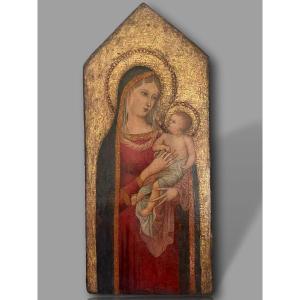This late Gothic work from central Italy—probably from the Siena region—is part of the tradition inherited from Simone Martini, Lippo Memmi, or the school of Lorenzo di Bicci.
The panel, approximately 38 x 16 cm, has an ogival format, typical of diptychs or small domestic altars for private devotion. The composition is extremely gentle: the Virgin, half-turned, supports the seated Child on her left arm. Their gazes meet in an intense but peaceful intimacy. The Child Jesus, with supple, rosy flesh, is depicted naked, delicately draped in a blueish veil.
The linear elegance of the drawing, the oval and idealized faces, and the tapered hands with elongated fingers are characteristic of the Sienese courtly Gothic style. The gilded nimbus of the Virgin and Child is adorned with circular hallmarks, emphasizing the sacred importance of the figures. The gold of the background, cracked by time, retains a deep luminosity. The drapery of the Virgin's blue mantle, lined with orange with gold highlights, and her purple-red dress, punctuated with small gold highlights on the collar and cuffs, demonstrate a controlled and refined palette.
Technique: Egg tempera on softwood panel with traditional preparation of glue and gesso.
Support: Monoxyle softwood panel with an ogival shape.
This work is part of the revival of Marian worship in the Trecento, a period when the Virgin became the principal figure of intercession in religious iconography. The type represented here – the Virgin in Majesty, intimately linked to the Child – reflects a shift towards an affective, more human iconography, driven by Franciscan spirituality and the preaching of Saint Bernardino of Siena. H. 38 cm × W. 16 cm
Background: beaten gold with decorative punching.
Condition: Very good overall condition, with wear and tear, traces of older restorations visible in the background and skin tones, the paint layer generally well preserved. There is a stable natural crack. Some slight retouching in the skin tones.
This painting is emblematic of Italian pre-Renaissance painting, heralding the explorations of the Quattrocento. It reflects the transition between Byzantine art and emerging naturalism, through graphic finesse, an embodied spirituality, and a mastery of fabric rendering.
The work displays strong stylistic affinities with the Sienese school, notably Lippo Vanni, Bartolo di Fredi, and Andrea Vanni, both in the treatment of the faces and in the modeling of the flesh and the gold ornamentation. It could have been painted in a workshop influenced by Simone Martini, with some Byzantine archaisms in the draperies and the hieratic nature of the hands.
Excellent shipping and guaranteed ad valorem
#VirginandChild #GothicArt #ItalianPainting #TemperaonWood #BeatenGold #Trecento #SacredPainting #Siena #Florence #SacraArt #MedievalIcon #Pietà #ItalianSchool #Antiques #ArtHistory #Proantic #ArtCollection





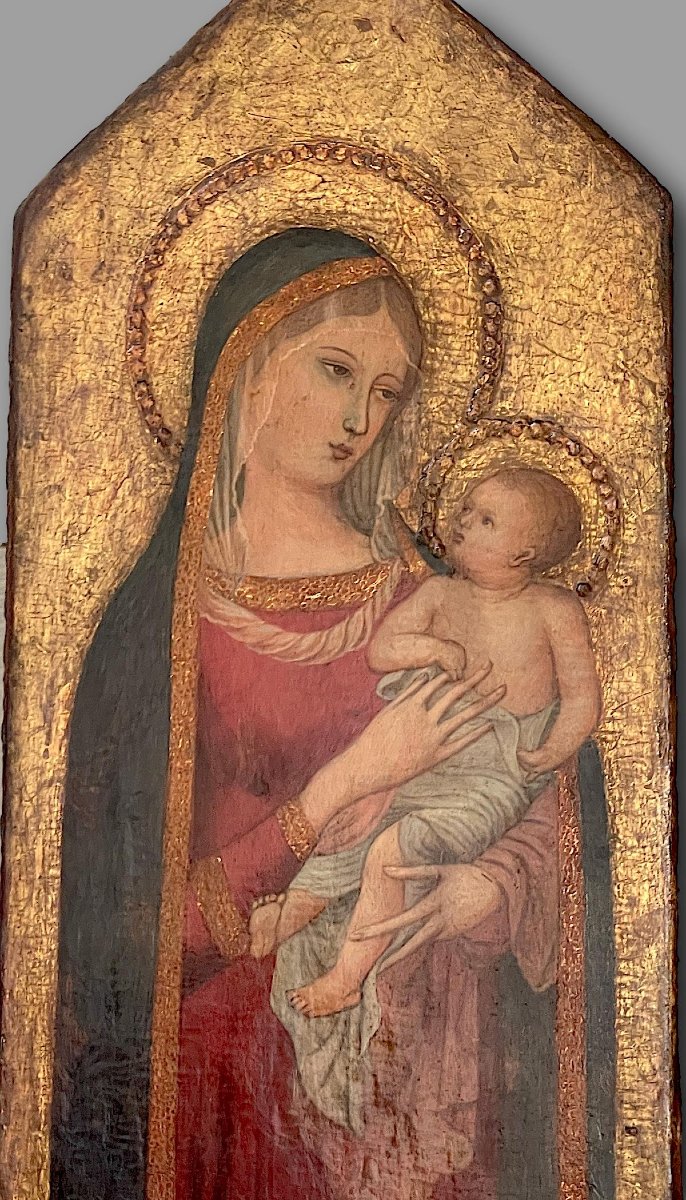
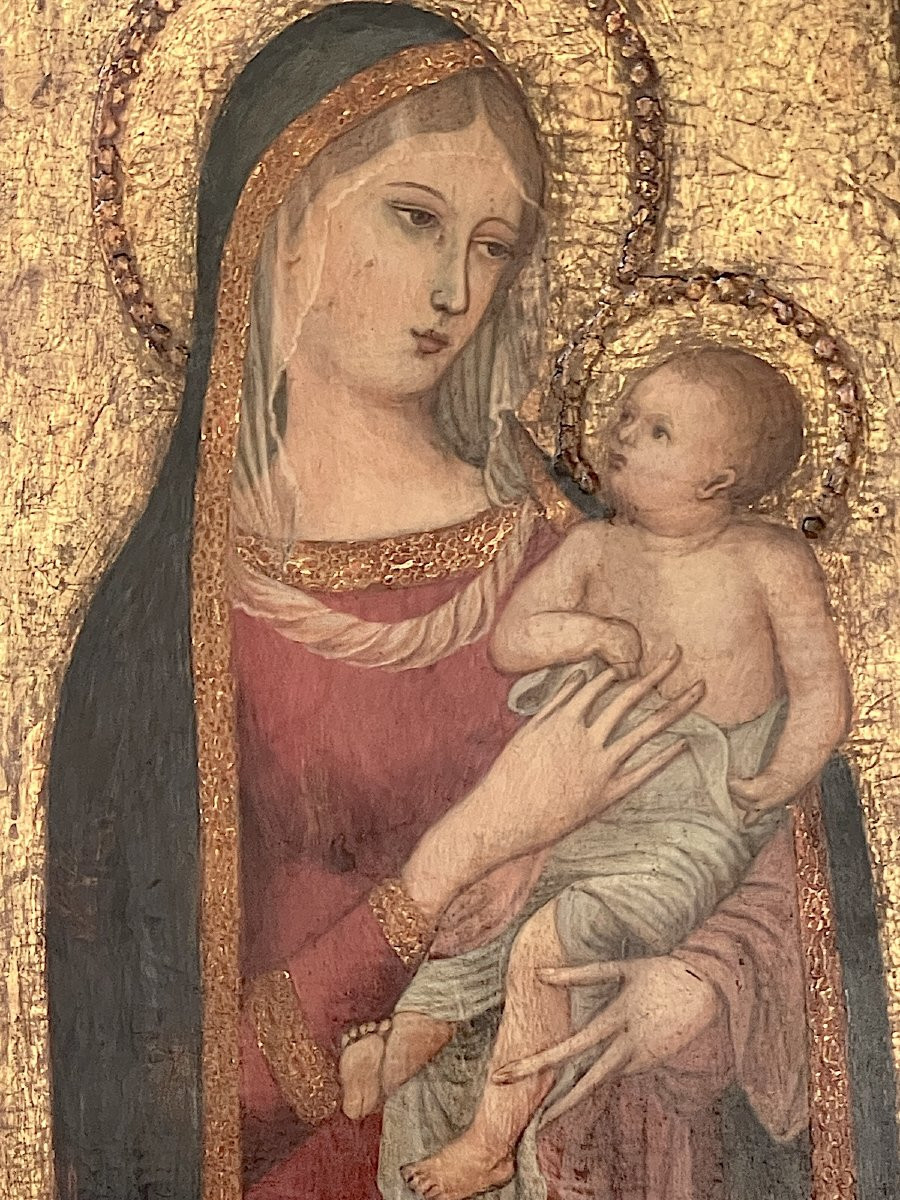

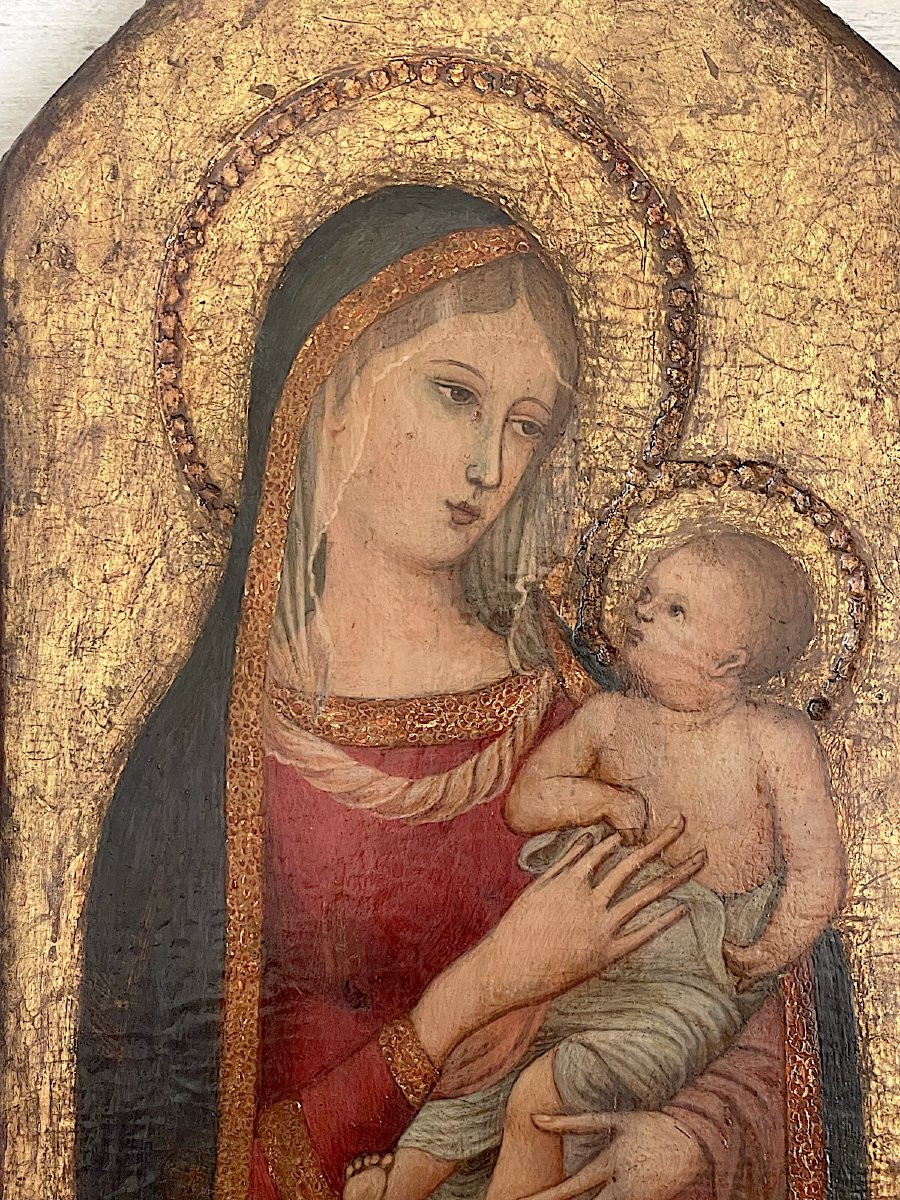

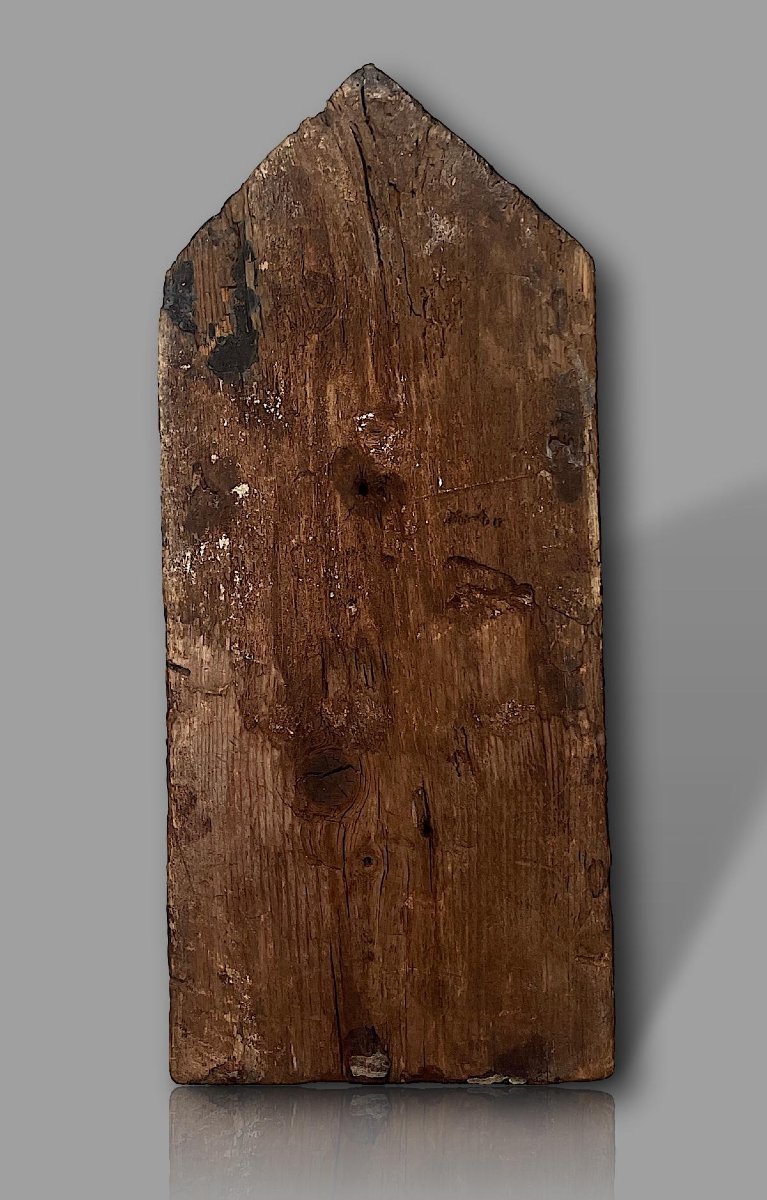



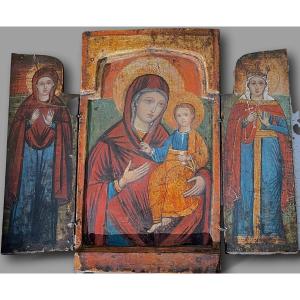
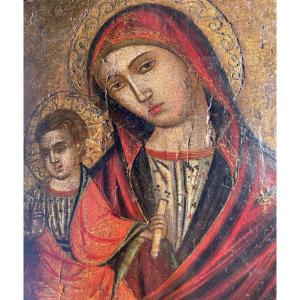


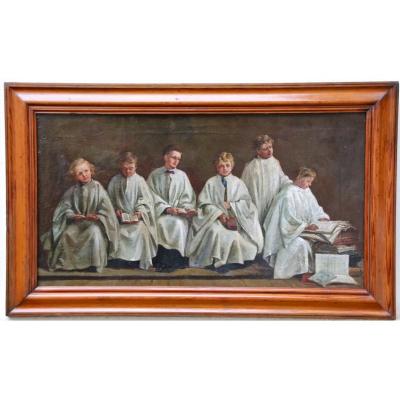
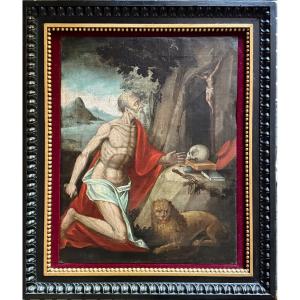
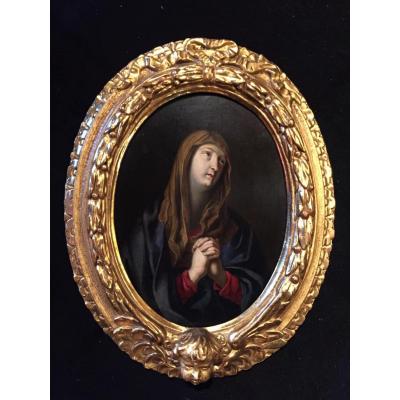
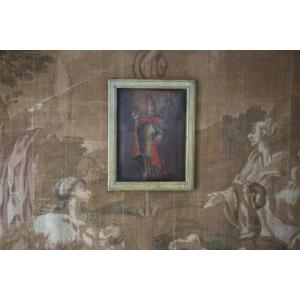
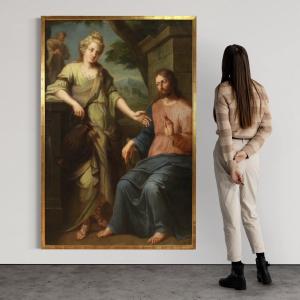



 Le Magazine de PROANTIC
Le Magazine de PROANTIC TRÉSORS Magazine
TRÉSORS Magazine Rivista Artiquariato
Rivista Artiquariato
